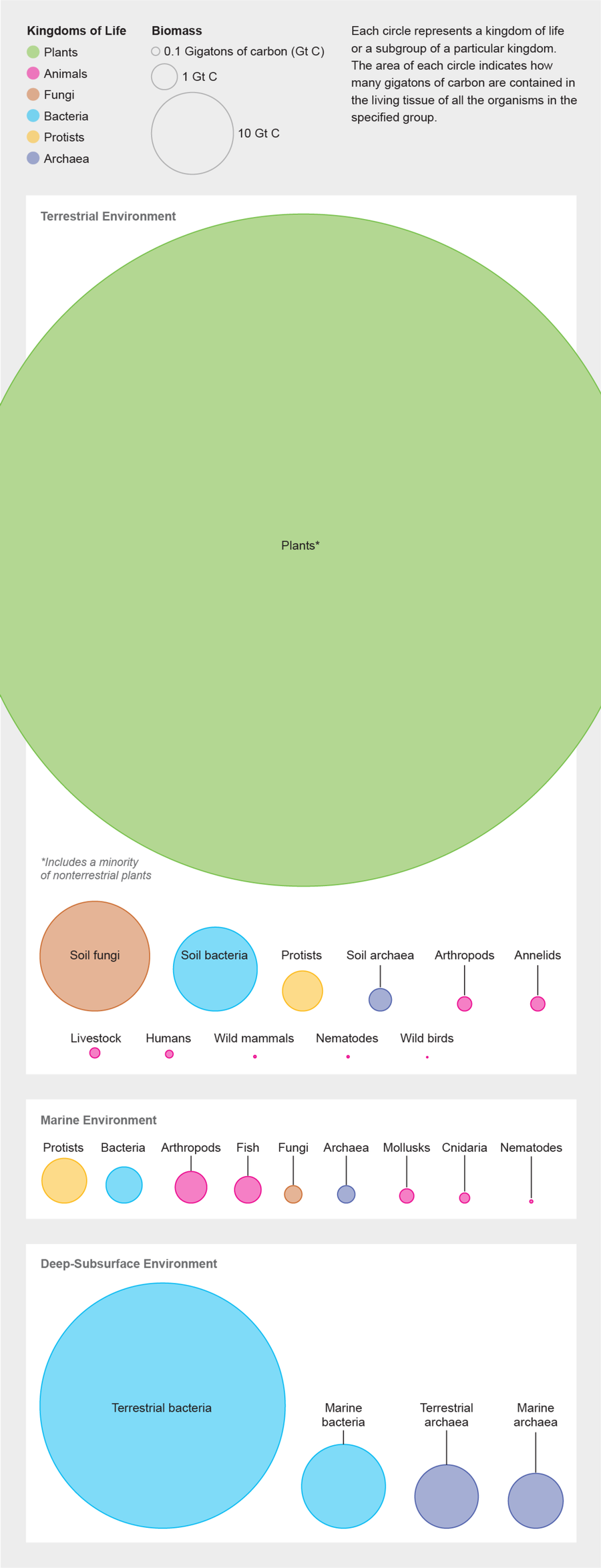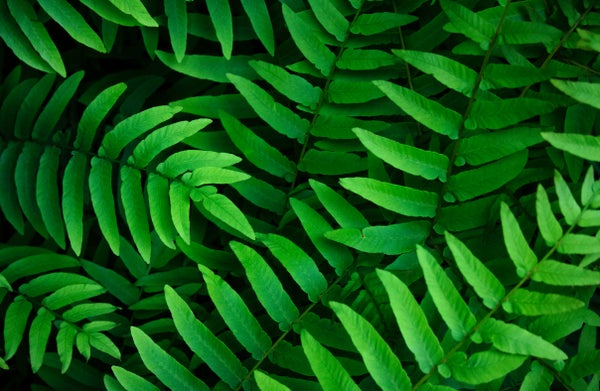On supporting science journalism
If you're enjoying this article, consider supporting our award-winning journalism by subscribing. By purchasing a subscription you are helping to ensure the future of impactful stories about the discoveries and ideas shaping our world today.
Plants rule the planet—at least in terms of sheer mass. Many tallies of Earth's life use biodiversity as a measurement and simply count the number of species. A new census, based on biomass, compiled data from hundreds of studies to determine which kingdoms, classes and species carry the most global heft. The results show that plants (primarily those on land) account for 80 percent of the total biomass, with bacteria across all ecosystems a distant second at 15 percent. The findings were published online in May in the Proceedings of the National Academy of Sciences USA.
Higher-resolution satellite data and improvements in genomic sequencing have made such measurements possible by yielding more accurate estimates, but the uncertainty is still high for hard-to-count life-forms such as microbes and insects. Antarctic krill, a type of small crustacean, have a total biomass comparable to that of humans. The latter makes up only a 100th of a percent of the total, but it still dwarfs that of all wild mammals. Livestock also dominate: chickens, for example, account for three times the biomass of wild birds. Humans have decreased the biomass of wild mammals sixfold and plants twofold through actions such as hunting and deforestation, the study estimates.

Credit: Amanda Montañez; Source: “The Biomass Distribution on Earth,” by Yinon M. Bar-On et al., in Proceedings of the National Academy of Sciences USA. Published Online May 21, 2018
